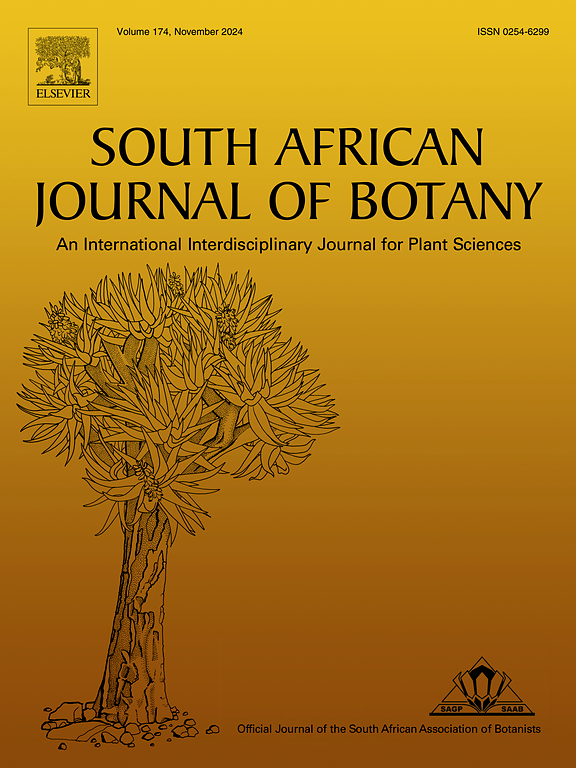The potential of medicinal plants in tuberculosis treatment: Indigenous plants used by the Anak Dalam tribe of Jambi, Indonesia
IF 2.7
3区 生物学
Q2 PLANT SCIENCES
引用次数: 0
Abstract
The Anak Dalam tribe—an Indigenous group in Jambi Province, Indonesia—resides in forested areas and relies on medicinal plants from their surroundings to treat diseases. Their traditional remedies are particularly used for conditions such as hemoptysis (bloody cough) and tuberculosis (TB). This review summarizes the traditional uses of 40 well-known and promising medicinal plants utilized by the Anak Dalam tribe, evaluating their potential in treating various diseases. The results revealed that 16 plant species were commonly employed for TB treatment. The plant parts used most frequently include leaves, roots, and wood, typically crushed in water and administered orally. In this study, the medicinal properties of the following species are discussed briefly, and their benefits are highlighted: Centella asiatica, Andrographis paniculata, Pluchea indica, Annona muricata, Tinospora crispa, Citrus aurantifolia, Piper betle, Zingiber officinale, Peronema canescens, Spatholobus littoralis, Daemonorops draco, Premna serratifolia, Ginniera nervosa, Staurogyne kingiana, Blumea balsamifera, and Saprosma arboretum. These plants contain bioactive compounds such as alkaloids, flavonoids, saponins, steroids, coumarins, and others. The key factors influencing the success or failure of these treatments are emphasized, with particular focus on the pharmacological activities of these medicinal plants and their mechanisms of action. This includes a discussion of toxicology and the potential development of new plant-derived drugs and herbal preparations from the Anak Dalam tribe. The analysis underscores the substantial value of traditional medicinal plants as an important ethnomedicinal resource, with pharmacological activities primarily attributed to their phytochemical composition. Furthermore, this review is a critical reference for future research on phytochemical-containing ethnomedicines.

求助全文
约1分钟内获得全文
求助全文
来源期刊

South African Journal of Botany
生物-植物科学
CiteScore
5.20
自引率
9.70%
发文量
709
审稿时长
61 days
期刊介绍:
The South African Journal of Botany publishes original papers that deal with the classification, biodiversity, morphology, physiology, molecular biology, ecology, biotechnology, ethnobotany and other botanically related aspects of species that are of importance to southern Africa. Manuscripts dealing with significant new findings on other species of the world and general botanical principles will also be considered and are encouraged.
 求助内容:
求助内容: 应助结果提醒方式:
应助结果提醒方式:


